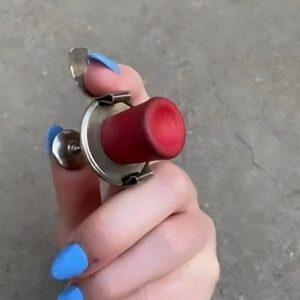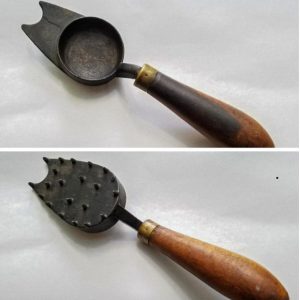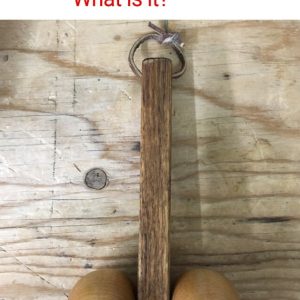At first glance, clamps may look like simple pieces of hardware, but anyone who has spent time in a workshop knows their true value. These humble tools are the backbone of precision and stability, ensuring that every cut, joint, or weld is secure. Whether you’re building a bookshelf, welding steel, or crafting a delicate art piece, clamps make the difference between sloppy work and professional results.

What Is a Clamp and Why Does It Matter?
A clamp is essentially a fastening device designed to hold objects tightly together using inward pressure. Think of it as an extra set of strong, steady hands. From woodworking to metalworking and even medical applications, clamps serve countless purposes. They can be small enough for delicate detail work or heavy-duty enough for industrial projects.
The beauty of clamps lies in their versatility. Some are temporary, giving you the flexibility to adjust as you assemble. Others are more permanent, ensuring absolute stability in critical applications. No matter the type, the goal remains the same: hold things in place so you can focus on precision.
Video: Make A Metal Kant Twist Clamp || DIY Homemade Clamp
Types of Clamps: Which One Fits the Job?
C-Clamps: The Classic Workhorse
Shaped like the letter “C,” these clamps are instantly recognizable. They’re perfect for woodworking, metalworking, and general use. A simple screw mechanism applies pressure, holding materials firmly.
Pros: Durable, strong clamping force, reliable for everyday use.
Cons: Under heavy pressure, jaws may twist, slightly misaligning materials.
Kant-Twist Clamps: A Smarter Upgrade
An evolution of the C-clamp, these are designed to prevent twisting. Their floating jaws remain flat even on uneven surfaces, providing a stronger, more stable grip.
Pros: Easier to tighten, more comfortable, and highly durable.
Best For: Metalworking and welding, where precision and strength are critical.
Bar Clamps: For Wider Reach
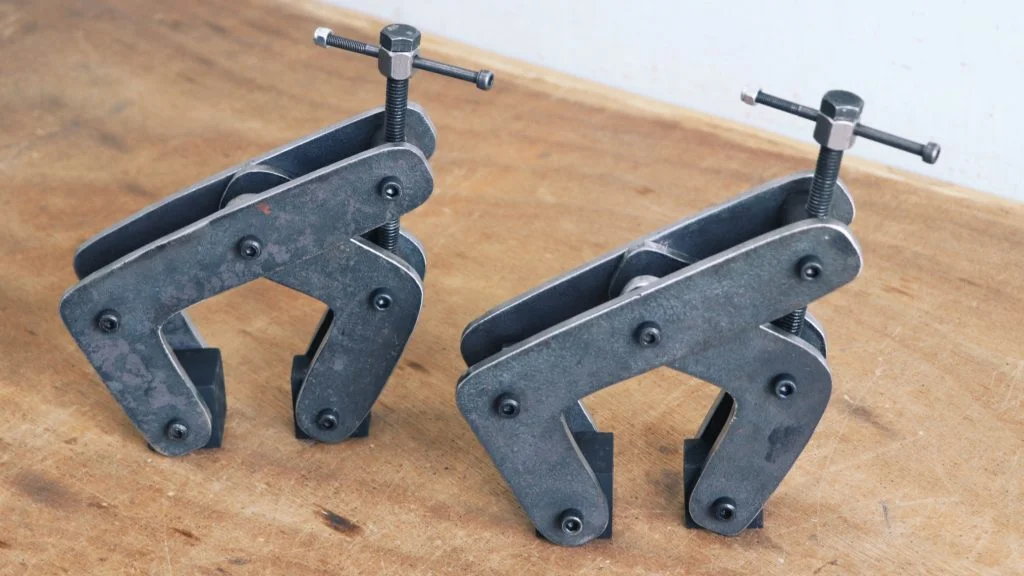
Also called F-clamps, these are ideal for larger surfaces. They consist of a long bar with adjustable arms that provide pressure across wide areas.
Pros: Even pressure across big surfaces; great for woodworking projects like tabletops.
Extra Feature: Many include quick-release levers for faster adjustments.
Pipe Clamps: Power and Flexibility
Built on a pipe framework, these clamps are both adjustable and incredibly strong. The jaws can slide along the pipe, accommodating various lengths.
Pros: Affordable, versatile, and customizable by changing pipe length.
Best For: Large-scale woodworking projects like cabinetry and doors.
Spring Clamps: Quick and Easy
These hand-held clamps are the simplest to use. With just a squeeze, you get instant clamping pressure.
Pros: Lightweight, inexpensive, and perfect for small or repetitive tasks.
Cons: Limited strength; not suitable for heavy-duty jobs.
Corner Clamps: Precision for Angles
Video: This video takes you on a deep dive into various clamps and demonstrates how to choose and use them effectively in projects—perfect for both beginners and seasoned woodworkers.
When building frames or cabinets, accuracy at 90 degrees is everything. Corner clamps keep materials aligned while you glue or fasten them together.
Best For: Picture frames, furniture, and cabinetry where perfect right angles are non-negotiable.
Why Every Toolbox Needs Clamps
Clamps are more than just tools—they’re problem-solvers. Here’s why they’re indispensable:
- Precision: By holding materials steady, clamps help you achieve accurate cuts, clean glue joints, and flawless finishes.
- Safety: They keep your hands free, reducing the risk of accidents when using saws, drills, or welders.
- Efficiency: With clamps, one person can manage tasks that might normally require two.
- Versatility: From delicate crafts to industrial builds, there’s a clamp designed for every job.
How to Choose the Right Clamp
Not all clamps are created equal, so choosing wisely matters. Here are three key factors:
- Material: Steel clamps are durable and strong, while aluminum or plastic clamps are lightweight for lighter tasks.
- Size: Match the clamp’s capacity to the scale of your project. A small spring clamp won’t do much on a large workbench.
- Clamping Force: Too little pressure and your work shifts; too much and you risk damaging materials. Choose a clamp that matches the job’s demands.
The Hidden Benefits of Clamps
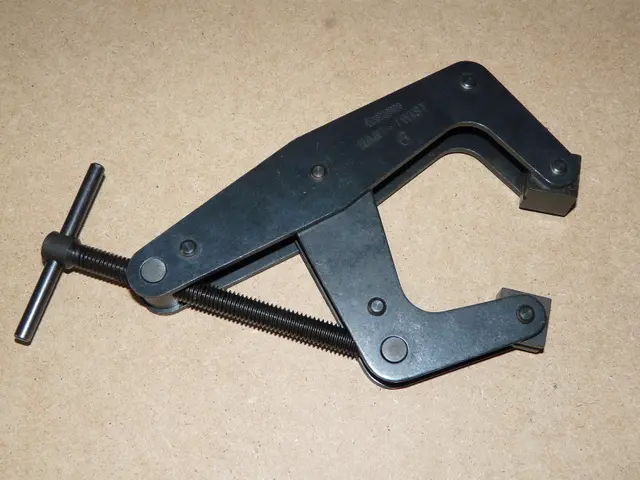
One of the less obvious perks of using clamps is how they elevate the quality of your craftsmanship. A glued joint set under pressure looks seamless. A welded piece held perfectly in place won’t need endless grinding. Clamps create consistency, and consistency creates professional results.
They also teach patience. By forcing you to hold materials still until glue or welds set, clamps instill discipline—the kind that separates a rushed DIY project from a polished masterpiece.
Conclusion: Stability is the Foundation of Craftsmanship
At the end of the day, clamps may not be glamorous, but they’re absolutely essential. From classic C-clamps to precision corner clamps, each type plays a vital role in achieving accuracy, safety, and professional-level results. They’re the quiet heroes of every project, ensuring stability while you focus on creativity.
So if you want your workshop to run smoother and your projects to look sharper, invest in the right clamps. Because in the world of building and crafting, stability isn’t just helpful—it’s everything.
